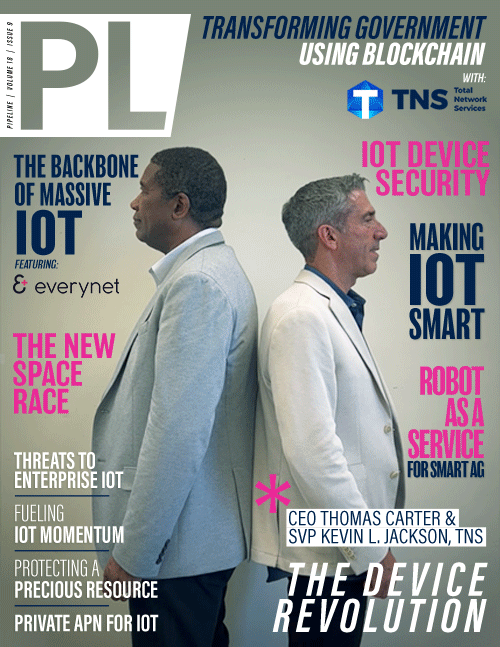Making IoT Intelligent
Open standard for IoT systems
In 2012, a group of national and regional standardization bodies across the world launched the oneM2M initiative. Participants from the Americas, Asia, and Europe set out to establish a standard for interoperable IoT systems, avoiding regional fragmentation and promoting a global IoT market. The standardization process began with an analysis of common requirements across different industry verticals. It took a systems approach and planned for a roadmap that could accommodate future use cases and requirements.
oneM2M’s roadmap began with its Release 1 technical specifications in 2015. These provide basic connectivity and security features that any connected-device or application in an IoT system can call upon. These were the first in the portfolio of common service functions. Since then, over two hundred organizations across the world added to the standard, addressing new IoT requirements and integrating emerging technologies in areas related to security, privacy, and AI.
Being an open standard, oneM2M provides the ‘glue’ to deploy components from different suppliers in IoT solutions. They can add other components to grow their solutions over time. They can also connect separate systems to link application silos as well as departmental and organizational boundaries. This might arise when linking congestion management, fleet transport and pollution monitoring systems for intelligent transport and smart city applications, for example.
The standard continues to evolve and incorporate new requirements. oneM2M will soon issue Release 4 of the standard while working in parallel to plan Release 5 capabilities. These address the combination of artificial intelligence and machine learning techniques with IoT, advances in semantic interoperability and enhancements to support data protection regulations such as GDPR.
Roadmap for intelligent IoT
Connectivity and communications are present-day challenges in the IoT market. This is evident from satellite IoT to connect geographically distributed systems. Edge computing is the hot topic to connect highly localized computing situations.
In tomorrow’s world, however, innovation in IoT systems will shift to making component technologies more intelligent. This is part of the journey to making better use of data. Examples of intelligent components include tiny sensors with limited processor capabilities and battery life. These might be embedded in the fabric of buildings and bridges to enable safety monitoring and predictive maintenance applications. To prolong their service life, these devices need to operate intelligently. This means knowing when to transmit meaningful data, principally when sensor readings change. Another form of intelligence is to know when to enter a deep-sleep mode for energy conservation purposes.
Future requirements for IoT data also go beyond better decision-making. There is much greater value from sharing data with different users and even external stakeholders. Consistency in recording and communicating data are examples of new requirements. The path to these opportunities involves technical standards for information models and digital twins of connected devices and sensors. It is also important to recognize that libraries and streams of real-time data will belong to different users and be valued differently. This will lead to new requirements to share data intelligently using control policies and to enable monetization through selective sharing and licensing mechanisms.
As services based on IoT systems become mission-critical and add to the convenience of everyday living, users will develop higher expectations about quality, consistency, and transparency. This translates into a set of requirements for data provenance and the credentials of IoT data sources and sensors. To address these, there is already growing interest in explainable and trustworthy AI for IoT systems.
These more sophisticated use cases rely on extra intelligence in IoT components, something that product managers need to factor into their plans. The use cases also depend on greater intelligence at a systems level. This ensures different components can work together with greater fluidity, much like a high-performing team.



















